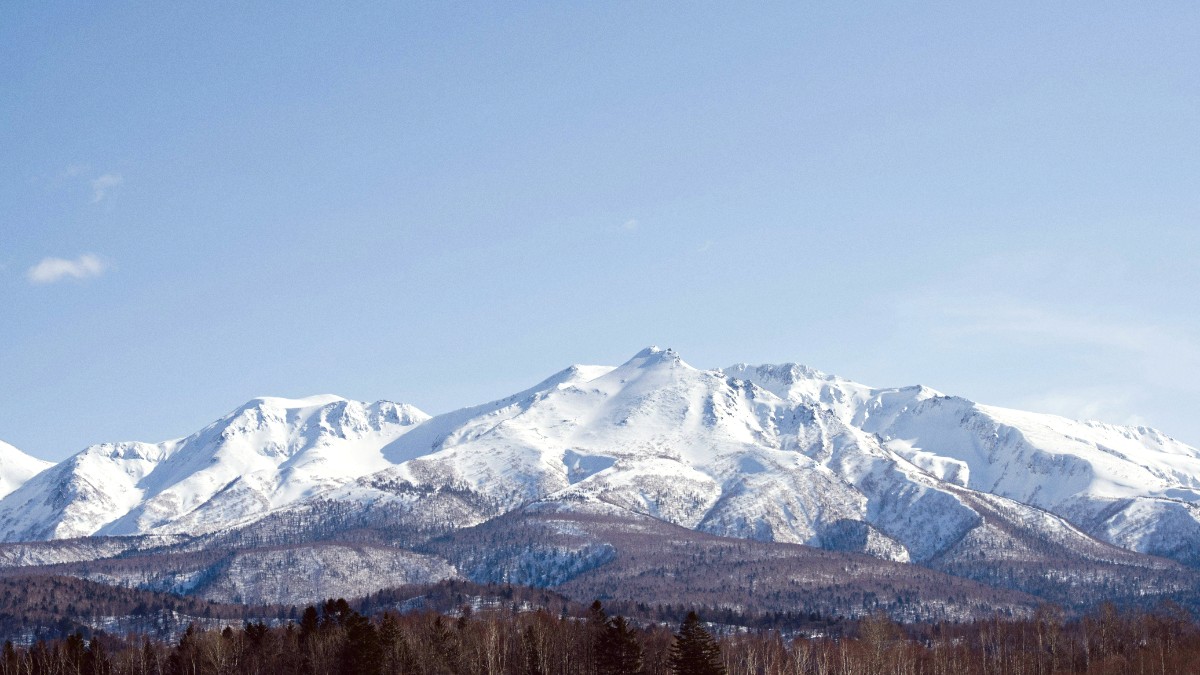
Hokkaido, Japan
For Spring (April-May), layers are important. Start with Long-sleeved shirts, adding sweaters or light fleece. A medium-weight jacket or trench coat is suitable. Jeans or comfortable trousers work well. A Light scarf helps with cooler mornings. For Summer (June-August), pack lightweight, breathable fabrics like cotton or linen. T-shirts, shorts, light dresses, and skirts are comfortable. A light sweater or cardigan is useful for cooler evenings or air-conditioned indoors. A compact, Lightweight rain jacket or Umbrella protects against sudden showers.
Autumn (September-November) calls for layering, with long-sleeved shirts, sweaters, or fleece. A medium-weight coat, like wool or insulated jacket, becomes important. Warm trousers or thick jeans are good. A scarf and light gloves are helpful, especially in October/November. Winter (December-March) needs warm, insulated, and waterproof clothing. Use Thermal base layers (Uniqlo Heattech), fleece, or wool sweaters as mid-layers. A heavy, insulated, waterproof, and windproof Winter coat is a must. Waterproof snow pants are recommended for winter sports. A Warm hat, Waterproof gloves or mittens, and a thick scarf keep you warm.
Comfortable walking shoes or Sneakers are essential. You will likely walk a lot.
Waterproof, insulated, and non-slip Boots are great for snowy and icy conditions. Look for boots with good grip.
Breathable walking shoes or sturdy Sandals are good summer options. For indoor settings, choose shoes easy to slip on and off; removing shoes is customary.
Prepare both physical and digital copies of your documents.
Japan uses a 100V power system, different from North America (120V) and Europe (220-240V). The frequency is 50Hz in Eastern Japan (Sapporo) and 60Hz in Western Japan. Most modern electronics are compatible (check for 'INPUT: 100-240V'). If not, a Voltage converter is necessary. Japan uses Type A (two flat parallel pins) and Type B (two flat parallel pins with a round grounding pin) plugs. A Universal travel adapter with Japan compatibility is recommended. A Portable charger or Power bank is highly recommended.
Most modern smartphones are compatible with Japanese networks (GSM, LTE, 5G). Ensure your phone is unlocked by your carrier to use a local SIM card. Data-only SIM cards for tourists are available for purchase online (Airalo) or at New Chitose Airport. eSIMs are activated digitally without a physical SIM card. Pocket Wi-Fi, providing unlimited data, is a widely popular option; rent at the airport or pre-order online. Consider NordVPN or ExpressVPN for secure browsing. B&H Photo offers camera and electronics needs.
Utilize cloud services (Google Drive, Dropbox) for backing up photos and important documents.
This protects your memories and information in case of device loss or damage.
Download essential documents and maps for offline access on your phone or tablet.
A well-stocked personal health kit gives you peace of mind. Include standard items like adhesive bandages, antiseptic wipes, pain relievers (Ibuprofen or Acetaminophen), Anti-diarrhea medication, motion sickness tablets (if you are prone to motion sickness), and blister treatment. For winter travel, add cold remedies and throat lozenges. Carry enough prescription medications in original pharmacy containers with a doctor's note. Research Japan's medication import rules; some common medications in other countries are restricted or illegal.
A Well-stocked first aid kit prepares you for minor ailments or emergencies.
Bring a small supply of over-the-counter medications for common issues like headaches, colds/flu, allergies, and heartburn/indigestion. While pharmacies exist, finding specific brands or understanding Japanese labels can be challenging. Altitude sickness is not a concern for Sapporo itself, but motion sickness remedies may be useful for bus trips through mountainous regions of Hokkaido.
Most common toiletries (shampoo, soap, toothpaste) are readily available. However, if you use specific brands or have unique skincare needs, bring your own supply, as finding exact equivalents can be challenging. Larger shoe sizes might also be difficult to find in Japan.
A Small daypack, Comfortable hiking boots (broken in before the trip), water bottle, and trail snacks are useful. Amazon stocks a variety of gear.
If you hit the slopes, ensure you have appropriate ski/snowboard jackets, pants, gloves, and goggles. A helmet is also important. High-quality rental equipment is widely available at ski resorts. Consider Nordace for durable bags to carry gear.
A Small towel helps for onsen visits (often available for purchase or rent). Hair ties are useful for long hair. If you lack heavy winter coats and snow boots, consider renting these items in Sapporo from Hokkaido Outdoor Gear Rental.
A Travel neck pillow, Eye mask, and Earplugs greatly improve comfort on long journeys. For security, a Money belt or neck pouch securely carries your passport and cash. A small Padlock for hostel lockers is useful. An RFID-blocking wallet protects credit card information. Amazon carries these items.
Hand warmers (kairo) are readily available in convenience stores and pharmacies in Japan. These are incredibly useful for staying warm during Sapporo's cold winters. While Japan has a robust retail scene, some items might be difficult to find or more expensive. This includes specific over-the-counter medications that might be restricted (always check regulations beforehand). Travelers with larger shoe sizes might find a limited selection.
Reduce plastic waste.
Avoid disposable bags.
Lower carbon footprint.
Support local and eco-friendly.
Pack smart by rolling clothes to save space and minimize wrinkles. Use packing cubes to organize items and compress clothing.
Bring a travel-sized laundry detergent for hand-washing small items. This helps reduce the amount of clothing you need to pack for longer trips.